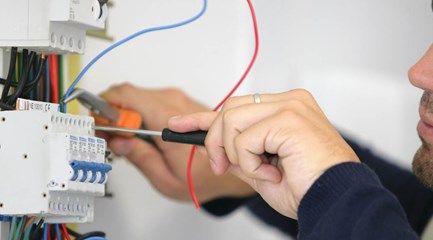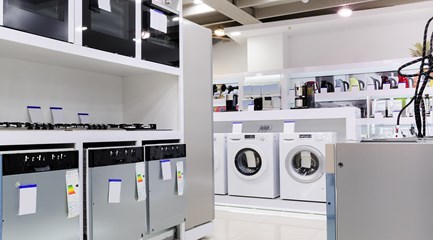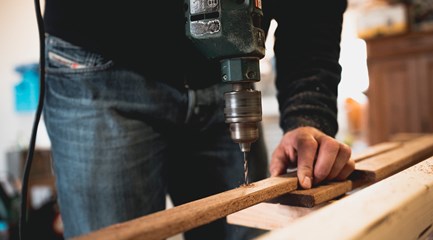
We’re all becoming a little more environmentally conscious these days. Supermarkets have started to charge for plastic bags, electric cars are becoming more popular and we’re recycling everything.
Some of these changes are easy, and some require a little more effort. Here at Electrical Safety First, we like to keep things simple!
Going green doesn’t have to be complicated or expensive. We’ve discovered a few simple changes that you can make in your own home - they‘re so easy, anyone can do them! These tips will help to conserve energy, and may even save you a few pounds along the way. It’s a win-win!
Switch your lightbulbs
Using energy-saving lightbulbs not only helps the environment - it helps your wallet, too! They last up to 10 times longer than regular lightbulbs and use around 80% less energy. An energy-saving light bulb produces the same amount of light at 13-18w as the more traditional 60w bulb. This reduces energy costs and saves you up to £60 over the lifetime of the light bulb. How’s that for an incentive?
Lights off!
We hate to say it, but your parents were right when they nagged you to switch the lights off. It’s an easy way to save power and reduce your electricity bill - turn them off when you leave the room!
Wash wisely
A dishwasher makes the dreaded task of washing the dishes feel a little easier, but it can quickly increase your electricity bill. Only use your dishwasher when you have a full load, as a half load uses the same amount of energy. If possible, stop the dishwasher’s cycle when it gets to the drying stage, open it up, and let the load dry naturally. Even better, wash as much as possible by hand!
Ditch the dryer
Be honest - do you really need to use your tumble dryer that often? Tumble dryers consume more energy than most washing machines. It’s much cheaper and better for the environment to use a washing line or a clothes horse if possible. If you do need to use a tumble dryer, make sure you use a fast spin on your washing as this removes more of the water - and remember not to overload it!
Take control
If your heating bills start to look a little scary during winter, you can take back control by installing a smart thermostat. They allow you to monitor your heating from a smartphone and help to reduce temperature swings, saving you money and using up less energy!
Look out for the logo
Did you know that you can buy appliances that are specifically engineered to run more efficiently and save you money? Next time you head to the shops, look out for the Energy Saving Recommended logo. These more efficient appliances could save you as much as £37 a year!
Lighten your laundry
You’re going to love this tip - do less laundry! That’s right; we’re giving you permission to slack off a little on the housework. Instead of doing a number of smaller loads, wait until you have one big load before putting a wash on (but don’t overfill it!) Also, consider the fact that 90% of the energy a washing machine uses goes towards heating the water. A 30°C wash could save over a third of the energy you use when compared to washing at higher temperatures.
Recycle right
Did you know? An estimated 1 million tonnes of electrical items are thrown away in the UK every year - that’s enough to fill Wembley Stadium six times over! All this waste is completely unnecessary, as almost all electrical items with a plug or a battery can be recycled. If you’re upgrading your large (or small!) electrical appliances, look into ways that you can recycle your old one. We have a great guide on our website that explains exactly how to do it - check it out!
Kick the kettle habit
How many cups of tea do you drink each day? We’re a nation of tea addicts, with 165 million cups consumed daily in the UK. But all that kettle-boiling is doing a number on your electricity bill! Make sure you aren’t over-filling your kettle - only put in the amount of water you need, otherwise you’ll be easting energy and money.
Switch it off
One of the easiest ways to reduce your electricity bill is by switching all of your electrical items off at the wall when you aren’t using them - this includes TVs, desktop computers and phone chargers. Speaking of phone chargers, remember to unplug them once your phone is fully charged!
It’s simple - just switch off, unplug and you’re good to go!
More posts by Jenna Haldane



